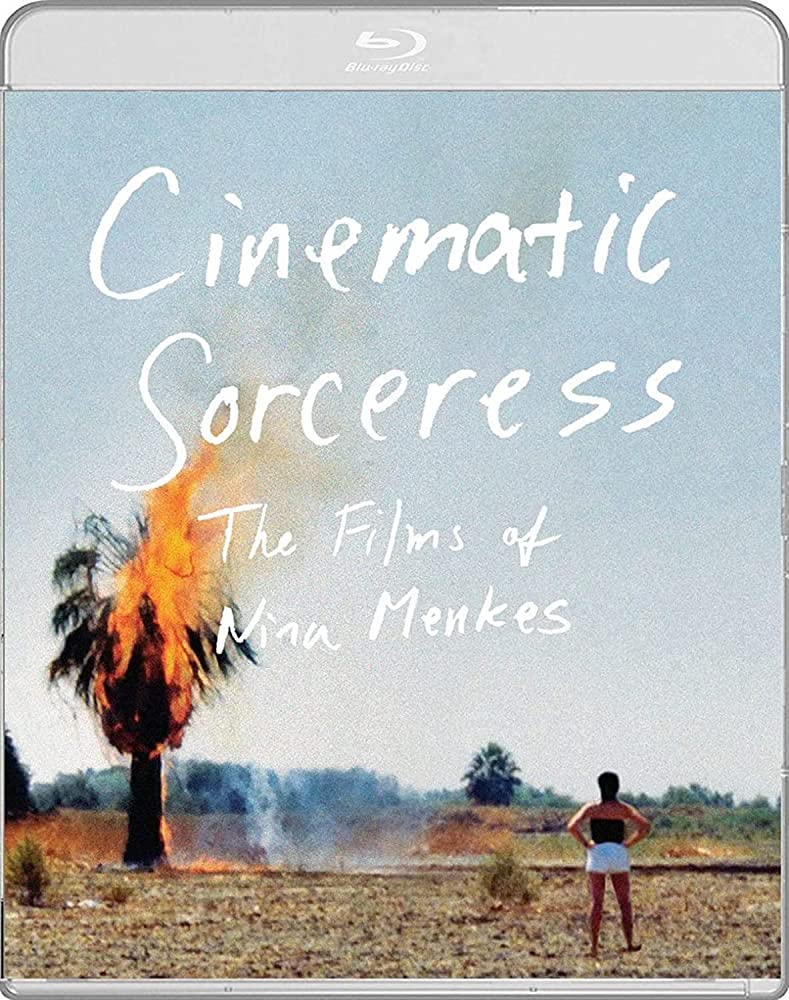On February 7, 2003, Arbelos releases a two-disc set collecting six of indie director Nina Menkes’ pioneering feminist films of slow cinema along with a bountiful host of extras. Does this set deliver the goods or will it leave you wandering the desert in search of meaning in a desolate world of apathy and sin? There’s only one way to find out!
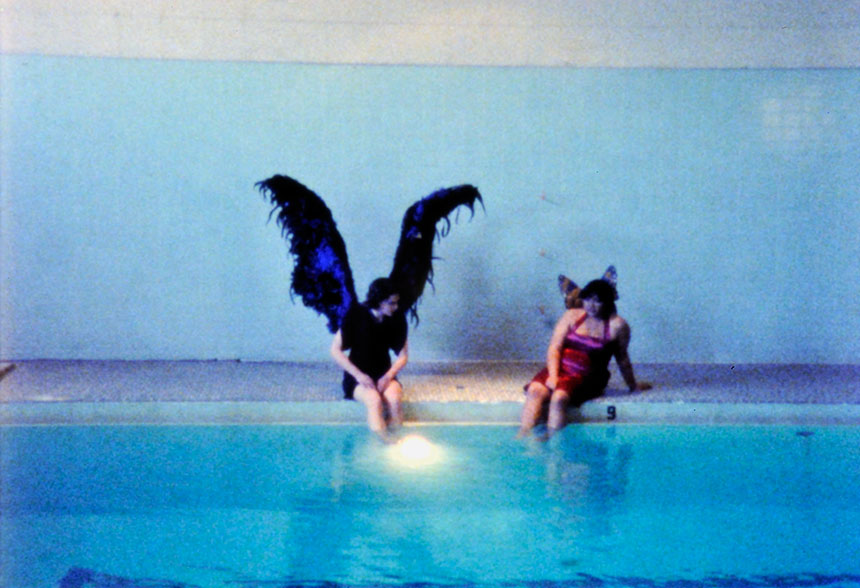
Disc 1: The first disc of this set serves up Menkes’ three earliest films including her 40-minute debut The Great Sadness of Zohara (1983) as well as her two follow-up features Magdalena Viraga (1986) and Queen of Diamonds (1991). These films, unlike many I’ve reviewed on here, defy a conventional synopsis. Menkes’ films often have an extremely languid, dream-like quality to them. Near plotless in execution at times, her characters (often played by her sister and muse Tinka Menkes) are lost souls, adrift and detached from the reality they find themselves in, whether it be the desert wastelands of Zohara, the nightly dalliances with aggressive tricks in Magdalena Viraga or the old Vegas razzle dazzle card dealing of Queen of Diamonds.

Menkes is drawn to certain imagery again and again that depcts these characters trapped in a whirlpool of living but with no life as they hope and pray for some kind of willingness of the spirit to grant them a respite. The character journeys are very much internal with Tinka’s meaningful gaze carrying the brunt of the emotions (or lack thereof) of how the characters experience the world around them. Nina Menkes is a director with a certain degree of confidence in the visual storytelling she wishes to capture. They are also completely uncompromising with Menkes writing, directing, operating the camera, editing, lighting, producing, etc, a veritable one-woman show (although she does give her sister Tinka co-editing credit on a couple of films which she explains in more detail in one of the extras on the disc). For better or worse, these films are 100% Menkes’ unfiltered vision. With these early films, the influence of Chantal Ackerman and Maya Deren are definitely felt, combining Ackerman’s banal significance with Deren’s visually abstract storytelling. Of these three early films, Queen of Diamonds is probably the most compelling with several memorable shots and a cleaner baseline narrative thoroughfare (although to be clear, it’s still VERY slow and VERY abstract). One gets the sense with these films that Menkes possibly falls in love with specific visuals and then builds around them. Arresting though the visuals may be at times, if you don’t have the patience for a slow cinema experience, you may find yourself becoming antsy very quickly.
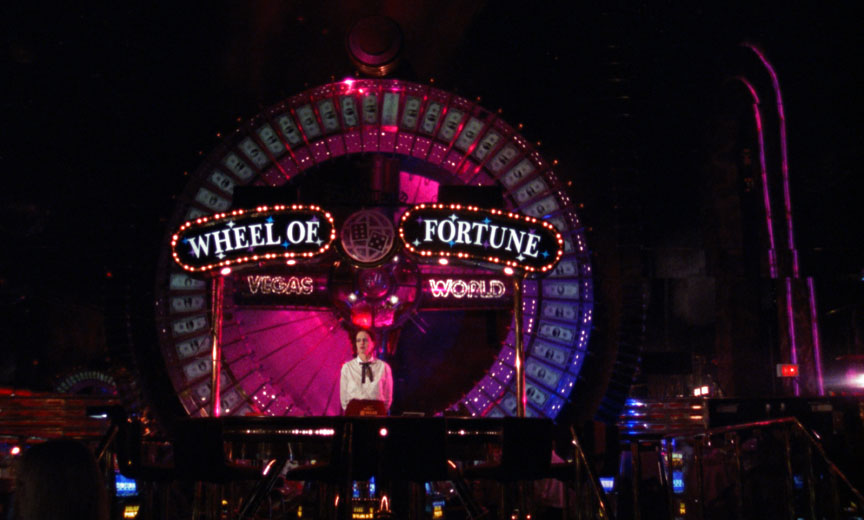
Disc 2: The three films on this second disc find Menkes exploring more narrative and dialogue, particularly in the case of The Bloody Child (1996) and Dissolution (2012). Phantom Love (2007), coming eleven years after her previous film (although she collaborated on a documentary in 2005), feels very much like Menkes looking back on her career, perhaps hearkening back to why she got into filmmaking in the first place. We have the passionless thrusting of Magdalena Viraga, casino scenes of Queen of Diamonds, Tinka Menkes’ intense and penetrating performance plus a boa constrictor just to keep things interesting! Backing up to The Bloody Child, this film has a much stronger narrative than the previous three films and that, according to Menkes in one of the interviews on disc, was based on a news article she saw that involved a U.S marine who was arrested after being found burying his murdered wife in the desert. The film itself is still very abstract but there are hints of plot as well as more dialogue than the previous three films combined (even though about half of it is brutal screaming and casual chatter at a military checkpoint). Again, this is obviously exactly the story Menkes wanted to tell in exactly the way she wanted to tell it.
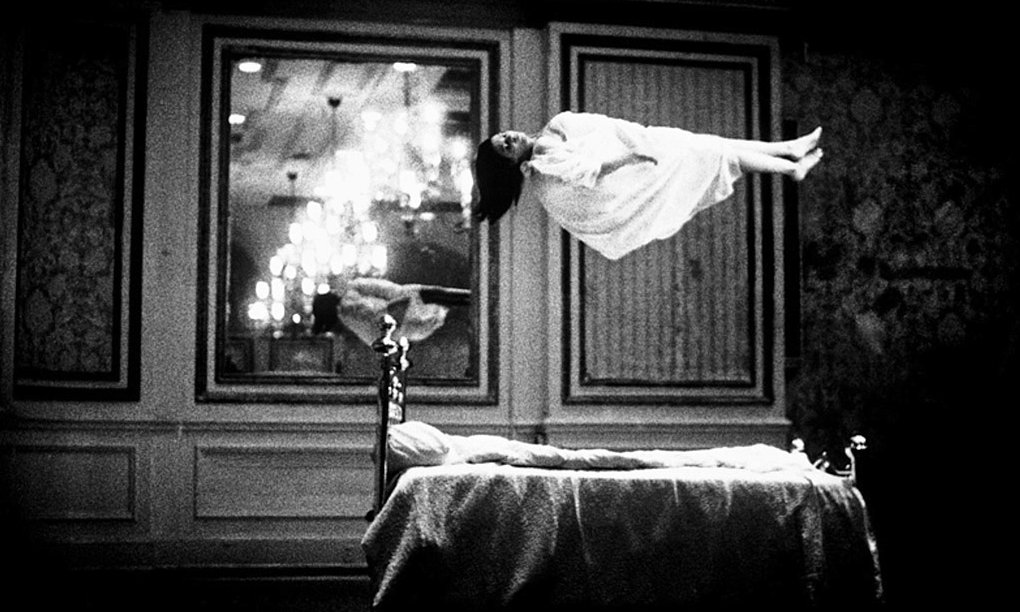
Dissolution is certainly the biggest outlier in Menkes’ filmography. Still very experimental and surreal with very long takes and sparse dialogue, we do have a real plot that is apparently inspired by Dostyevsky’s Crime & Punishment. The film is shot entirely in Hebrew and Arabic and takes place in Tel-Aviv, filmed in a stark black & white and featuring some of Menkes’ most memorable cinematography. While this one does not star Nina’s sister Tinka, the lead actor still has a very strong and sympathetic presence despite his inexperience. His eyes have a kind of sad vulnerability to them that captures the essence of the character he’s portraying. While many consider Queen of Diamonds Menkes’ most quintessential film, I actually found Dissolution to be her most focused and fully realized.

Arbelos has really given Menkes a proper showcase here with new 2K restorations of The Great Sadness of Zohara and Magdalena Viraga and new 4K restorations of Queen of Diamonds and The Bloody Child, and they look quite good considering the age of some of the materials and the quality of the film stock used. It’s almost not worth mentioning the audio since there is so little of it across these films but what we do hear is rendered cleanly and clearly. The extras are where this disc really shines, giving lots of insights into Menkes’ creative process via a combination of commentaries for four of the films, multiple 30-minute interviews, each focused on a different film or set of films, a video essay that uses the Tarot deck to provide additional insight into the more astral/philosophical aspects of Menkes’ films (although frankly I found this extra to be quite befuddling) and an essay printed in an included booklet by Elena Gorfinkel, a senior lecturer of Film Studies at King’s College London. The essay is dense and about as enigmatic as Menkes’ films are, often obfuscating more than illuminating. All in all though, if you are searching for more information about Menkes’ filming process and what she feels is the meaning behind the images she composes, these extras give you more than enough content to chew on.
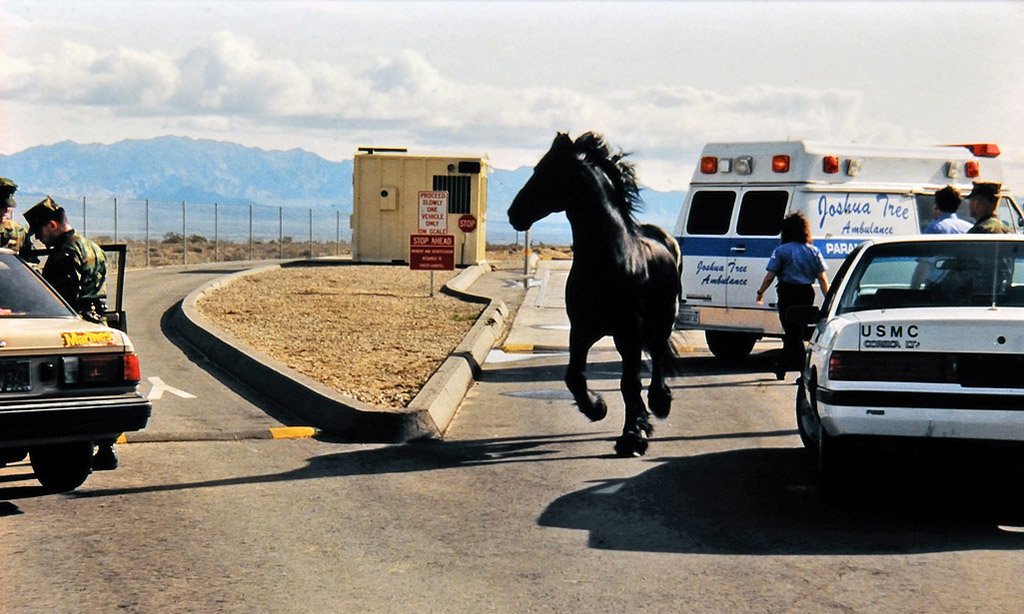
To pull this sprawling weirdness all together, the question is, how did I actually FEEL about Nina Menkes and her films? To be honest, I often struggle with slow cinema, and this collection of films comprised of takes lasting upwards of 17 minutes where very little visibly happens definitely pulls me to the brink of my patience at times. Yet at the same time, some of the imagery in these films is so singular and fascinating that is it also hard to pull my eyes away. I think if you are a fan of more experimental and esoteric cinema, you may find the films of Nina Menkes thematically entrancing and visually arresting.

